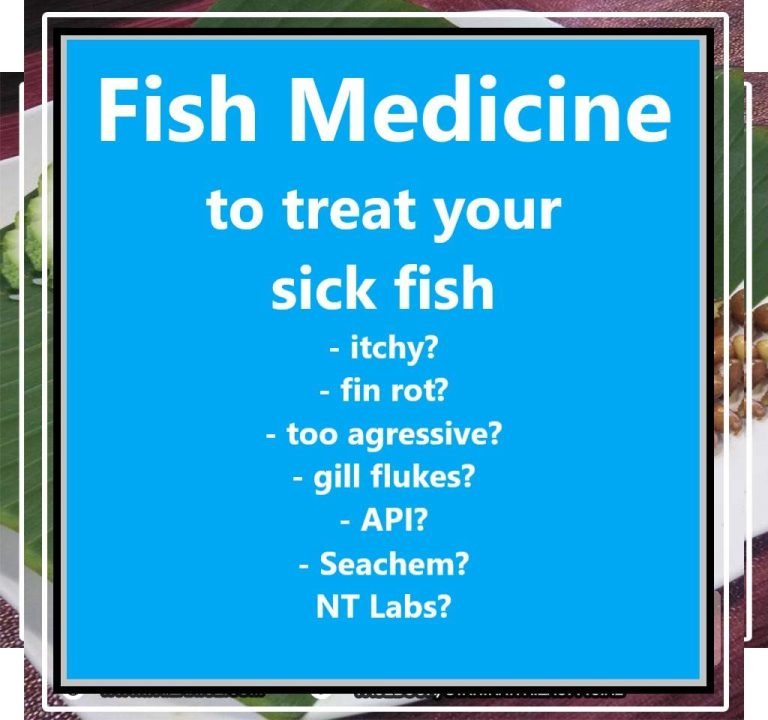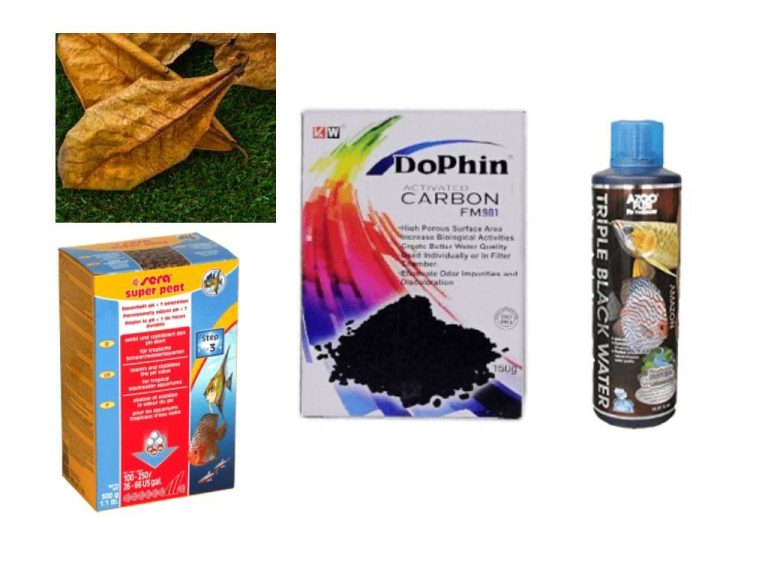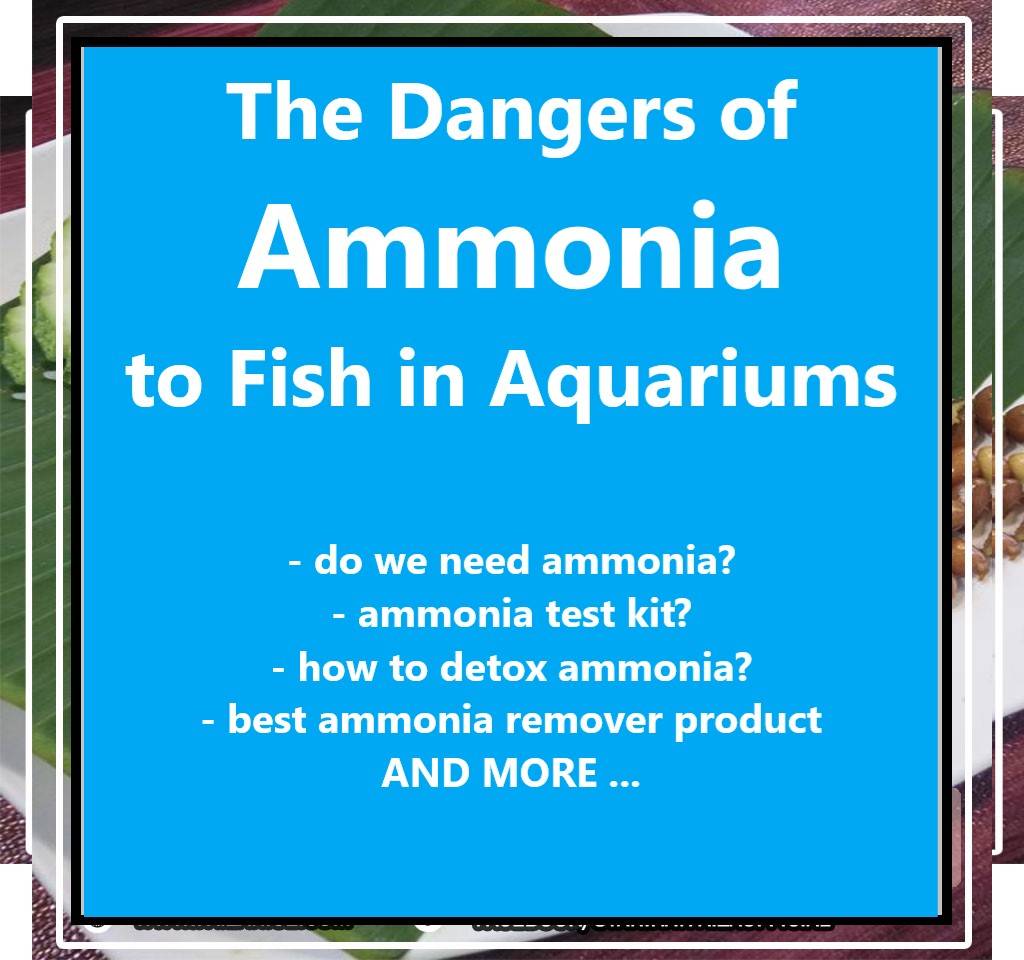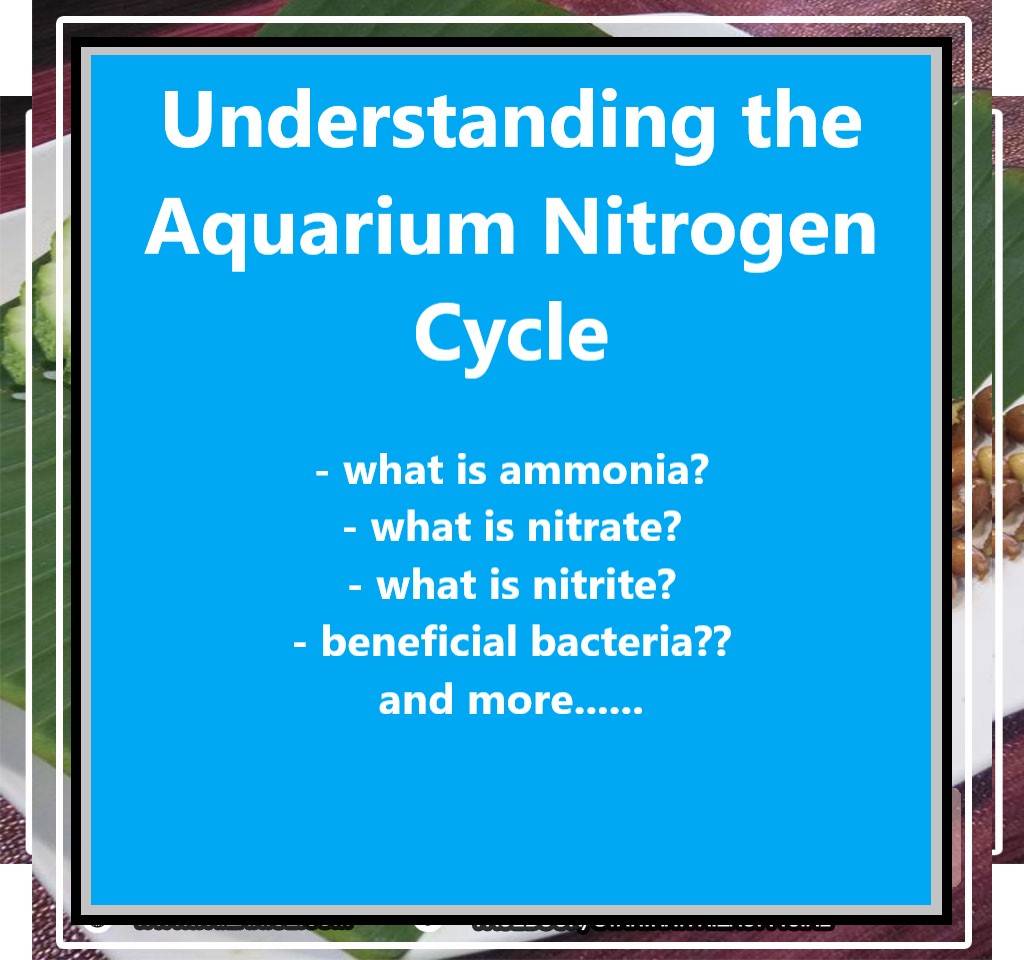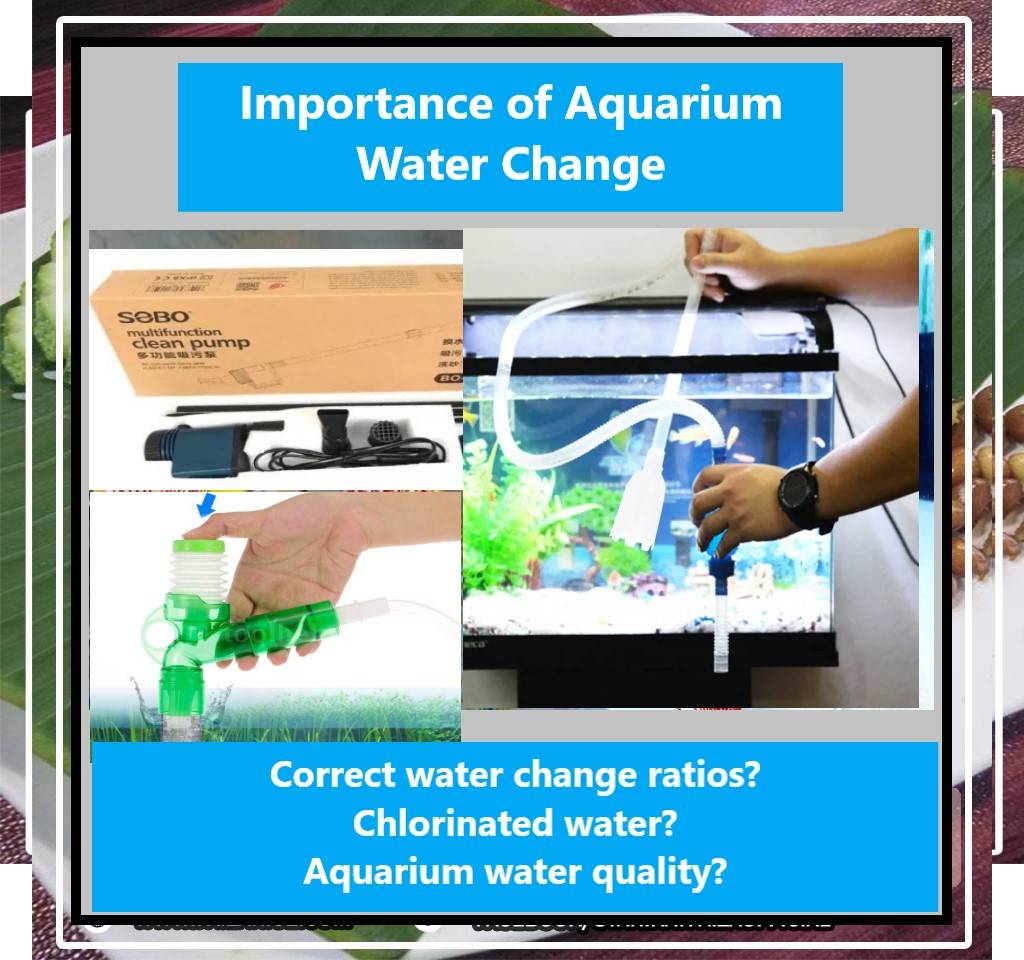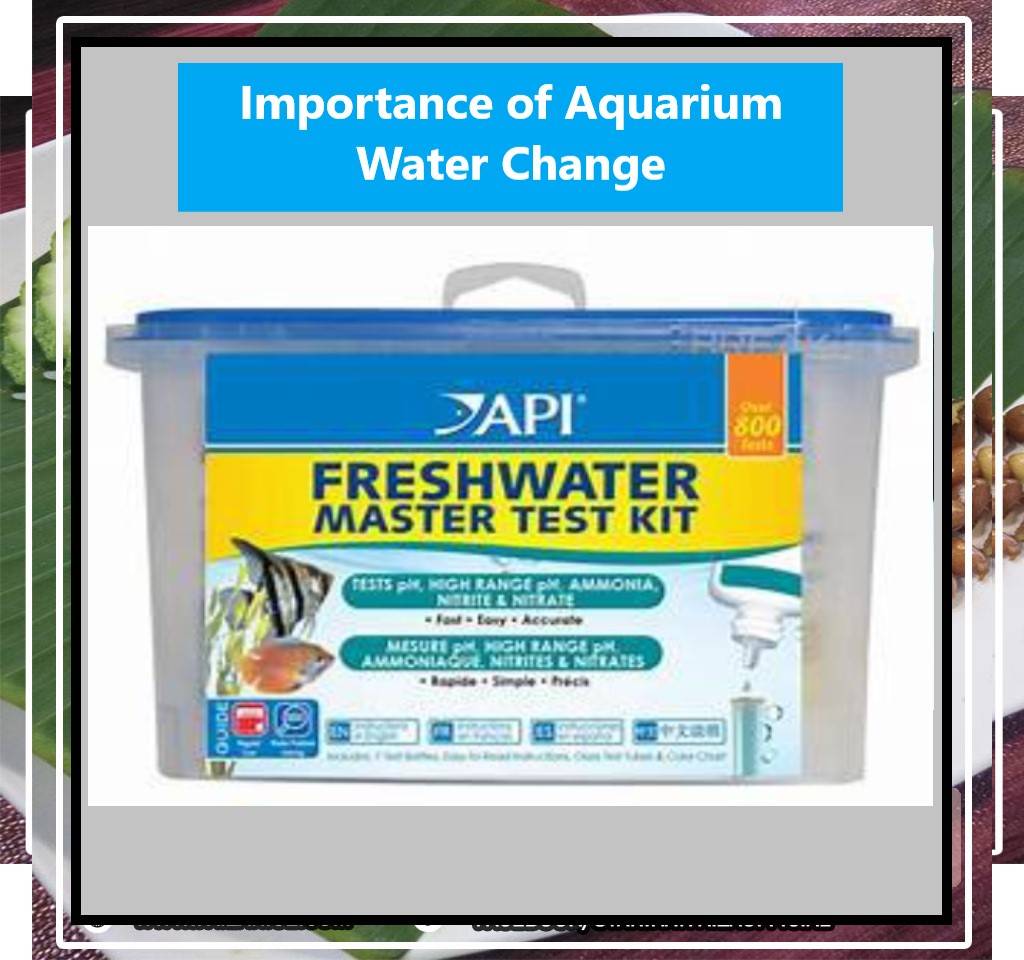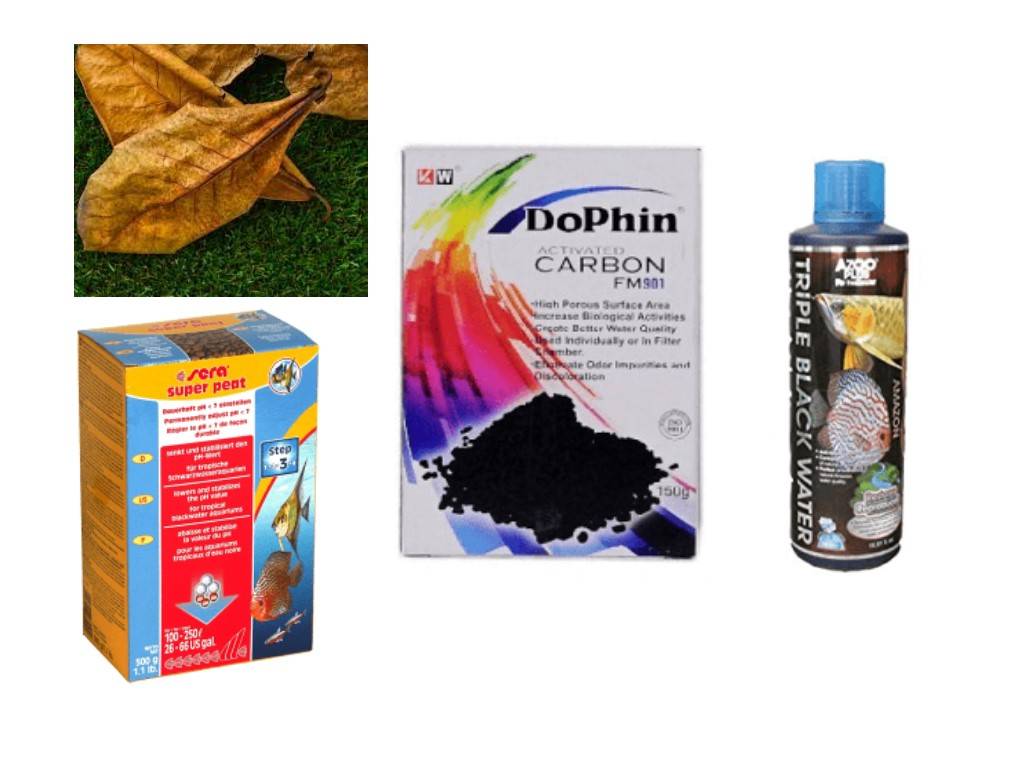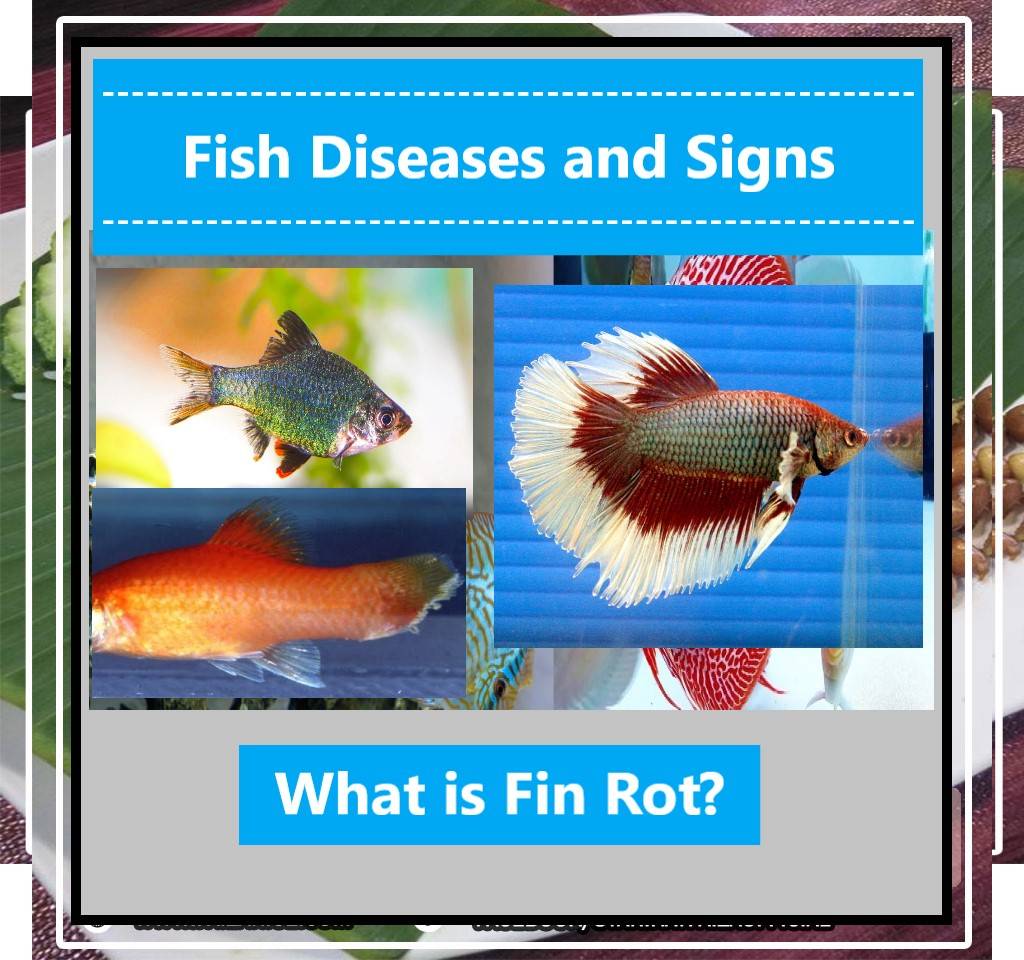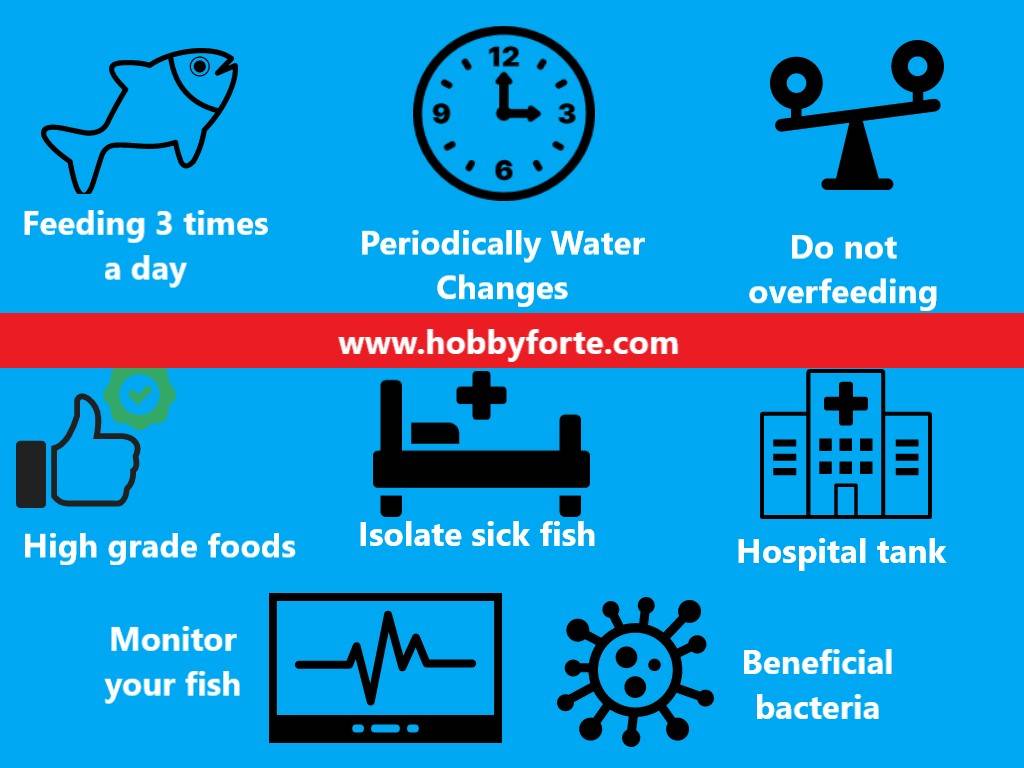Fencing is an exciting and rewarding hobby to try
Fencing is an exciting and rewarding hobby. It combines physical athleticism, tactical thought, and psychological tests. You can fence with all kinds of weaponry, from rapier to saber to épée, and you can compete in local, national, and even international tournaments. This sport is a great way to keep in shape and hone your skills, and the camaraderie found amongst fencers makes it an even more enjoyable hobby.

Fencing is an excellent hobby for all ages and abilities. It offers great physical, mental and social benefits. It is a unique sport that improves coordination, agility, and strategic thinking while also encouraging physical fitness, self-confidence, discipline, and problem-solving skills. This sport is also a great way to make friends, build discipline and stay healthy. Plus, fencers can compete in local and national tournaments.
The recommended age for fencing varies depending on the governing body, but it usually starts at 8 years old. However, some organizations offer introductory programs for younger children.
Introduction
Fencing is a sport which requires agility and precision. It is characterized by one-on-one combat between two opponents, either in individual or team competition. Fencers score by making physical contact with their opponent’s weapon or body using their own blade. Each fencer’s weapon—a sword, a foil or an épée—has its own set of rules.
Fencing is one of the original Olympic sports and can be traced back to 15th century Europe. Modern fencing has several types: foil, saber and épée. It can be practiced recreationally and competitively, in both individual and team formats. It is a great way to develop agility and reflexes, as well as tactical thinking.
Greatest Players
The greatest Fencing players of all time are:
- The late Nikolai Voronin (Russia)
- Henry Moser (France)
- Marco Bastoni (Italy)
- Heidi Krieger (Germany)
- Ma Jian (China)
- Ahmad Abughaush (Jordan)
- Yun Jong-Kil (South Korea)
- Emese Szasz (Hungary)
- Valentina Vezzali (Italy)
- Peter Westbrook (USA)
Equipment
Tools or equipment for Fencing are:
- Fencing Mask: A thickly padded, full-head mask designed to protect the face, head, and neck of the fencer from impacts.
- Jacket: A jacket designed to protect the back and arms of the fencer from thrusts, blows, and other impacts.
- Plastron: A lightweight chest guard worn underneath the jacket to protect the torso of the fencer.
- Glove: A leather, plastic, or metallic glove designed to protect the hand of the fencer.
- Foil: A light thrusting weapon with a flexible blade.
- Epee: A heavier thrusting weapon with a stiff blade.
- Sabre: A light cut-and-thrust weapon with a curved blade.
- Guard: A protective device attached to the blade near the handle.
- Lame: A conductive material attached to the jacket and glove which detects when the weapon has made contact with an opposing fencer.
- Shoes: Footwear designed to provide superior grip and quick movements due to their flexible and low-profile soles.
- Body Cords: A length of cord designed to connect the weapon and lame and allow for signal transmission to the scoring machine.
- Practice Strip/Reel: A length of fencing material secured to a reel used for practice purposes.
Advantages
Full Body Workout
Fencing is an exciting and physically engaging sport that provides numerous physical and mental benefits. This indoor sport is a great way to get a full body workout while developing balance, agility, coordination, strength, and conditioning. With the use of a protective mask, jacket, plastron, lame, and weapon, fencers must psychoanalyze their opponent’s moves and react quickly in order to gain the upper hand.
Developing Mental Skills
Fencing is a great sport for developing mental skills such as strategy, problem-solving, and quick decision making. Fencers must study the behavior of their opponent and devise a strategy to stay ahead. With the combined effort of physical and mental dexterity, fencing tests the mental and physical abilities of each opponent.
Build Confidence
Fencing can also be a great way to build confidence, self-esteem and a positive body image. It relies on an intense physical match against an opponent, which can help you make friends while finding out more about yourself as an individual. By learning new skills, increasing physical strength, and honing technique, fencers can greatly improve self-image.
It also provides an opportunity to improve concentration, focus, and body awareness. Fencers develop an incredible level of attention to detail and must stay completely focused on their opponents in order to anticipate their next move. By engaging the body and mind simultaneously, fencers develop increased multitasking and hand-eye coordination.
No Risk of Injury
Finally, fencing is a great exercise with no risk of injury. Since all protective equipment is worn during a match, the only thing being tested is speed, reflexes, and skill. Through constant practice and development of techniques, fencers can increase their overall athleticism and performance without damaging their bodies.
Fencing is a timeless hobby that can be enjoyed at any time. However, it may be best to start during the autumn since the weather is more temperate than during the hot summer months.
Challenges
Fencing as a hobby can be quite challenging for many reasons. Firstly, it requires a lot of skill and discipline to learn the techniques and executing them effectively. It can also be expensive to buy the necessary equipment, such as the weapons, masks, and protective gear. Furthermore, convenient access to clubs, coaches and sparring partners can be hard to come by, making it difficult to stay in practice.
Additionally, outdoor venues are also difficult to find, exposing fencers to various weather elements and bugs. Fencing often relies on reflexes and agility, so if you are senior or have physical limitations, it may not be a suitable hobby. Finally, it can be time-consuming to find both the time and space to engage in this sport, with even a single match lasting up to an hour.
#HOBBY #INDOORSPORTS #AQUARIUM
Hot & Trending Topic
Stay updated with the latest and trending news in the global automotive scene — from new car model launches, smart technologies, to exclusive promotions and attractive financing schemes. Discover expert tips, top locations for car purchases, and guides to choosing the right vehicle that fits your lifestyle and budget. Stay ahead in realizing the dream of owning your ideal car, whether for daily use, family needs, or an active lifestyle.
-
Ferrari Car Reviews: Top Models, Features
Ferrari Get ready to feel the excitement with our in-depth Ferrari reviews! Immerse yourself in the power, elegance, and unmatched beauty of these Italian masterpieces.…
-
Lamborghini Supercar Reviews: Best Models
New Lamborghini Models Get ready to experience Lamborghini like never before. These new models are a perfect blend of stunning design, heart-pounding performance, and innovative…
-
Luxury Cars: Brands | Models | Price | Specs
Luxury Cars Discover the world of luxury cars, where exceptional performance meets unmatched comfort and innovative design. Whether you’re behind the wheel of a Bentley,…
-
Bentley Reviews: Price | Models | Specs
Bentley Explore Bentley reviews that highlight the brand’s luxury interiors, powerful engines, and bespoke craftsmanship. From the Bentayga SUV to the Continental GT, Bentley continues…
-
Best Porsche Sports Cars: Reviews, Prices & Specs
Porsche Looking for the best Porsche sports cars? Check out our reviews on the top models, pricing, and specs to help you find the perfect…
-
BYD: Best Car Reviews! Models | Prices | Tech Specs
BYD: Build Your Dreams Discover how BYD is leading the future of motoring with their cutting-edge electric vehicles that combine sustainability, performance, and design. Whether…
-
Volkswagen Reviews: Top Models and Features!
Volkswagen Check out the full range of Volkswagen models, including petrol, hybrid, and electric options! Whether you’re after a stylish sedan, a versatile SUV, or…
-
Mini Car Reviews: Models | Prices | Specs | Features
Mini Explore our latest reviews on mini cars and discover which models offer the best mix of value, performance, and comfort. We cover everything from…
-
Mercedes-Benz Reviews: Latest Lineup, Price & Specs!
Mercedes-Benz Mercedes-Benz makes cars that feel as good as they look. From smooth rides to smart features, every detail is built for comfort, confidence, and…
-
Tesla Cars Reviewed | Clean Power, Smart Tech, and Effortless Driving
Tesla Looking for a car that blends innovation with simplicity? Tesla delivers just that. From smooth acceleration to intuitive features, these electric vehicles offer a…
-
BMW Car Reviews: Prices, Specs & Top Features
BMW BMW is synonymous with luxury, performance, and innovation. With a wide range of models to suit every preference, our expert car reviews give you…
-
Perodua Car Reviews: Prices, Specs & Top Features
Perodua Perodua is a Malaysian automotive company that offers a broad selection of cars to meet diverse customer needs and budgets. Models include the accessible…
-
Nissan Car Reviews: Prices, Specs & Top Features
Nissan Welcome to Nissan Car Reviews! We invite you to experience the excellence of Nissan cars and SUVs firsthand by taking a test drive. From…
-
Toyota Car Reviews: Prices, Specs & Top Features
Toyota Welcome to Toyota Car Reviews! We bring you detailed insights into Toyota cars, known for their superior design, safety, and reliability. Whether you prefer…
-
Mazda Car Reviews: Prices, Specs & Top Features
Mazda Welcome to Mazda Car Reviews! We are dedicated to providing you with insights into the latest and greatest vehicles. Known for their superior styling,…
-
Honda Car Reviews: Prices, Specs & Top Features
Honda Welcome to Honda Car Reviews! Our platform is dedicated to providing you with the latest news and comprehensive reviews of Honda cars. Whether you’re…
-
Proton Car Reviews: Prices, Specs & Top Features
Proton Welcome to Proton Car Reviews! Here, we aim to keep you updated with the latest news and insights on Proton cars. From new model…
-
Hyundai Car Reviews: Prices, Specs & Top Features
Hyundai Hyundai is a well-known automotive brand that offers a wide range of vehicle types to suit various needs and preferences. Whether you’re looking for…




